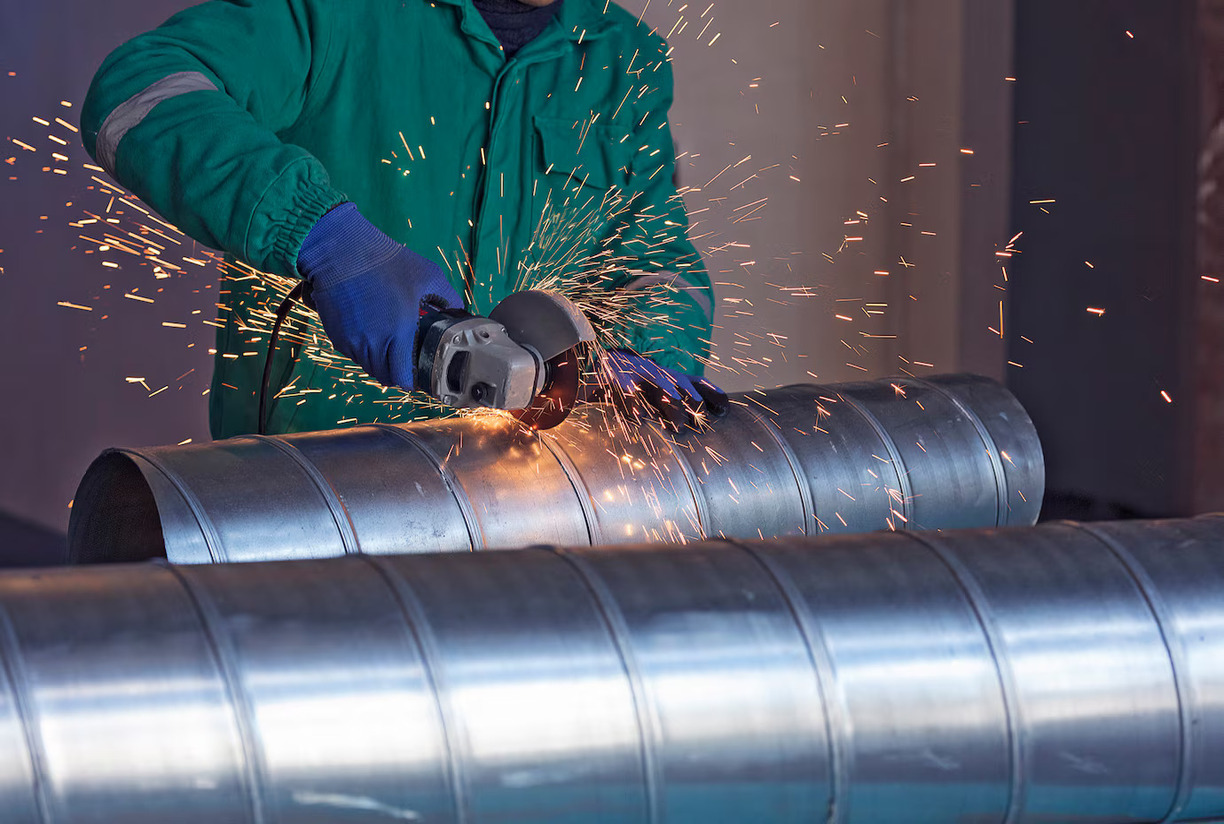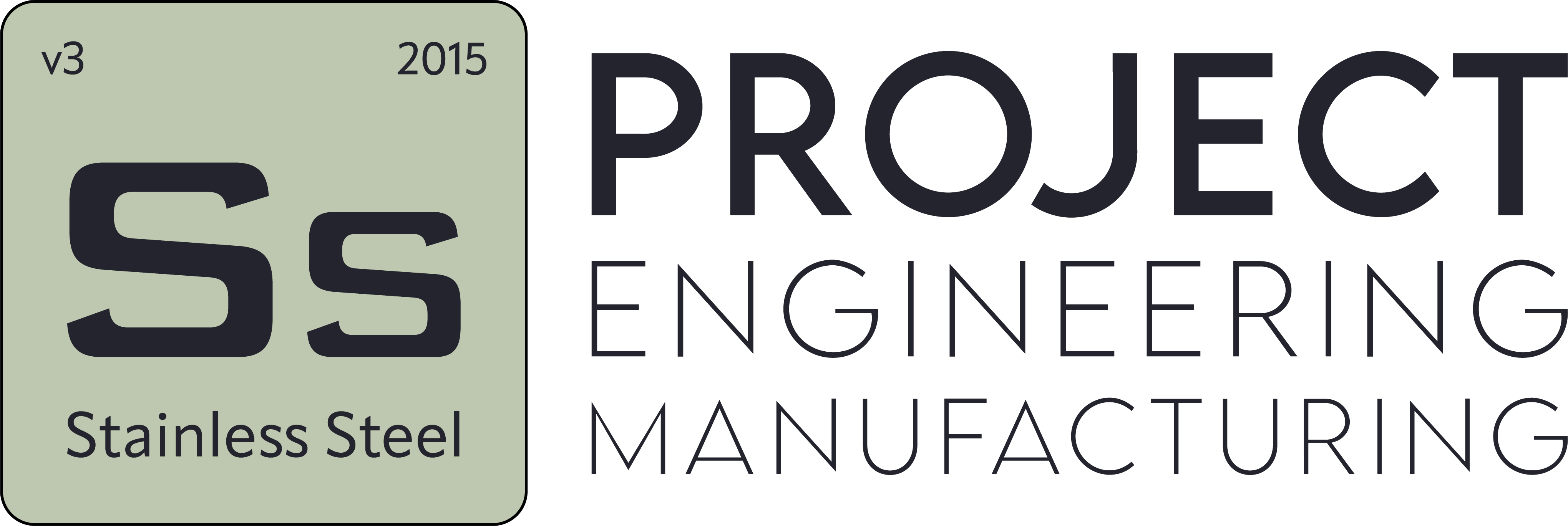Safe and Durable Solutions with Stainless Steel Argon Welding Service
- Blog
- Safe and Durable Solutions with Stainless Steel Argon Welding Service
Safe and Durable Solutions with Stainless Steel Argon Welding Service
Stainless steel is a crucial material preferred in industrial and commercial applications for its durability, corrosion-resistant structure, and aesthetic appearance. However, the safety and longevity of structures made from stainless steel are directly tied to the use of proper welding techniques. Argon welding is a commonly preferred method in stainless steel applications. This technique is of great importance for controlling the environment during the welding process and achieving high-quality joints. In this article, we will discuss the advantages of stainless steel argon welding, its areas of use, the service provision process, and how this method offers businesses safe and durable solutions.
What Is Stainless Steel Argon Welding?
Stainless steel argon welding is a technique specifically used during the welding of reactive materials like stainless steel. Argon gas is applied to the welding area to prevent oxidation and contamination. As an inert gas, argon prevents the metal from oxidizing during welding, ensuring that the weld area remains clean and smooth. Argon welding, often referred to as Tungsten Inert Gas (TIG) welding, is used in situations requiring highly precise and controlled welding processes. This method enhances the durability and quality of the weld, ensuring the longevity of stainless steel joints.
Advantages of Argon Welding
Stainless steel argon welding offers numerous advantages. These benefits help us understand why this method is so widely preferred:
- High-Quality Welds: Argon welding ensures the achievement of high-quality welds. This process leaves the metal surface smooth and ensures even weld seams. This is ideal for applications requiring aesthetic appeal and long-lasting joints.
- Prevention of Oxidation: Argon gas prevents metals that react with oxygen from oxidizing in the weld area. This increases the durability of stainless steel against corrosion and keeps the weld zones clean and strong.
- Precision Welding Capability: Argon welding requires an extremely precise and controlled process. This provides a significant advantage in joining thin and complex stainless steel components. Thanks to TIG welding, strong and clean welds can be achieved even on thin metal surfaces.
- Reduced Heat Impact: In argon welding, the heating of the metal is controlled. This prevents damage or distortion to surrounding areas. It is an ideal welding method for materials like stainless steel, which have varying rates of thermal expansion and contraction.
- Minimal Smoke and Contamination: The welding process using argon gas produces minimal smoke. This is an important factor for both the welder’s health and maintaining cleanliness in the weld area.
Applications of Stainless Steel Argon Welding
Stainless steel argon welding is widely used across various industries. It is particularly preferred in projects requiring high durability and aesthetic standards. Some of the common application areas of stainless steel argon welding include:
- Food and Beverage Industry: In applications such as food processing machinery, tanks, and pipelines, stainless steel is used to provide a hygienic environment. In these areas, the durability and cleanliness of weld seams are critical. Argon welding ensures joints that comply with food safety and hygiene standards.
- Pharmaceutical Industry: Tanks, machinery, and pipelines used in pharmaceutical production are made from stainless steel. Stainless steel argon welding is highly important for maintaining hygienic environments. In this field, welds typically need to be made in high-quality and sterile conditions.
- Automotive Industry: In the automotive industry, argon welding is used particularly for welding stainless steel exhaust systems and other metal components. In this sector, both aesthetics and durability are important, as parts like exhaust systems must withstand harsh environmental conditions.
- Chemical Industry: Stainless steel tanks and pipes used in chemical processing are joined using argon welding. In such applications, welds must be leak-proof and resistant to chemicals.
- Oil and Gas Industry: In the oil and gas industry, argon welding is frequently preferred for pipelines and tanks made of stainless steel. This industry requires strong welds capable of withstanding high pressure and temperature conditions.
- Construction and Architecture: Structural elements made of stainless steel are used in buildings, bridges, and other large construction projects. Argon welding provides both strong and aesthetically flawless welds.

Stainless Steel Argon Welding Service Process
The stainless steel argon welding service is a process that ensures a weld is performed with high quality and durability. The service process must be carefully managed from the design stage onward. The general steps of the stainless steel argon welding service process include:
- Needs Analysis and Design: The initial stage involves understanding the customer’s needs and creating a design tailored to the project’s requirements. This is done by considering the type, dimensions, functions, and operating conditions of the stainless steel components to be welded.
- Material Selection and Preparation: The appropriate material selection and preparation for the welding process are carried out. The type of stainless steel, its thickness, hardness, and the specific requirements of the application area are determined to select the most suitable material.
- Welding Application: The welding process is performed based on the selected material and design. Using argon welding, the weld area is protected with an ambient gas, and the welding is carried out under the correct temperature and pressure conditions.
- Quality Control and Inspection: After welding, the joints are subjected to quality control tests to assess their durability and aesthetics. These tests determine whether the weld area meets strength, cleanliness, and safety standards.
- Finishing and Delivery: Once welding is complete, finishing processes are performed. These include cleaning the weld area, smoothing the surface, and enhancing its aesthetic appearance. Finally, the welded stainless steel product is prepared for delivery to the customer.
Advantages of Stainless Steel Argon Welding Service
Some of the key advantages offered by stainless steel argon welding include:
- High Quality and Durability: Argon welding ensures the creation of high-quality and durable welds. These welds are long-lasting and robust.
- Enhanced Hygiene Standards: Argon welding maintains hygienic environments, offering a significant advantage, particularly in sectors like food and pharmaceuticals.
- Aesthetic Appearance: Argon welding produces aesthetically flawless and smooth welds, which is especially important for projects with visible areas.
- Reduced Heat Impact: Argon welding ensures that materials are subjected to minimal thermal impact, which generally reduces the risk of distortion.
- Diverse Applications: Argon welding can be used in a wide range of industries, from food production to automotive manufacturing, making it a versatile welding method.
Stainless steel argon welding is a welding method that provides safe, durable, and aesthetic solutions. It is of critical importance in numerous industries, including food, pharmaceuticals, automotive, and construction. Welds performed with argon welding ensure that stainless steel products are long-lasting, strong, and hygienic. This service is essential for producing projects with high-quality standards and is indispensable for industries to provide hygienic and durable solutions.


